‘On This Beach’, GoteLjaudKarte, Helgumannen, Fårö, Gotland
12 June 2015 to 23 August 2015
On This Beach, Helgumannen is made with great help by Jesper Cederlund and Oscar Engberg at Riksutställingar, for the project GuteLjaudKarte initiated by Mats Lindström and Sten Melin, produced by Sten Melin at Visby International Centre for Composers in Visby, Gotland. Open until 23 August 2015.
Other participating artist includes: CM von Hausswolff, Christina Kubisch, Åsa Helena Stjerna.
Jana is showing the sound installation On This Beach. The installation is run by solar power in an old wooden boat and a boathouse on the site Helgumannen, north on Fårö in Gotland. It consists of two site specific compositions for 7 channels played back from 7 transducers that makes the boat and the boathouse resonate the sound. The compositions, which is based on underwater recordings from around the equator, is made on site with the transducers placed in the boat and boathouse.
400 million years ago this beach were situated on the equator.
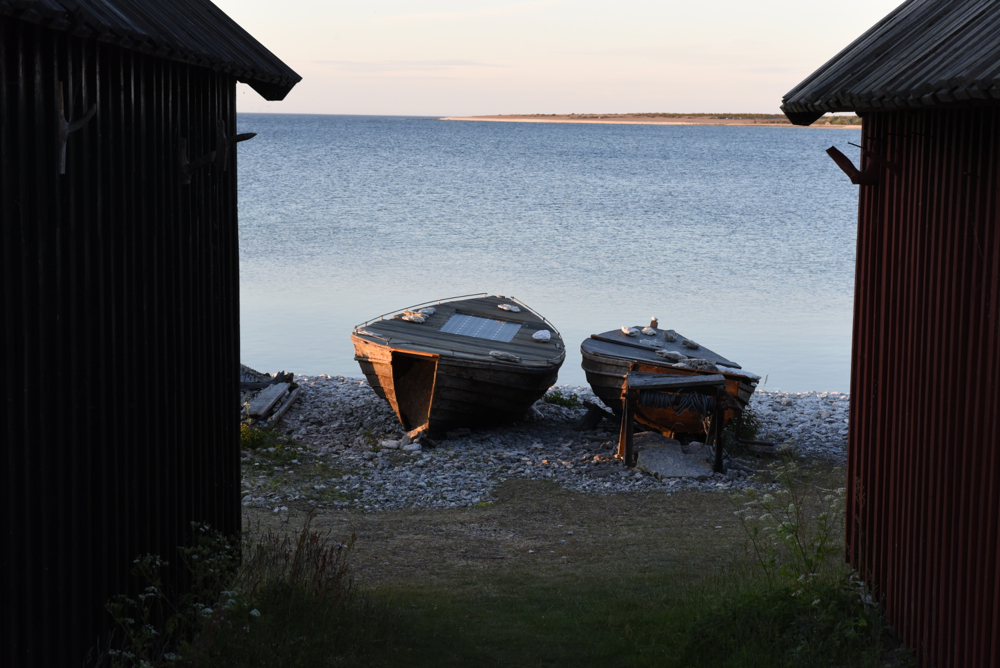

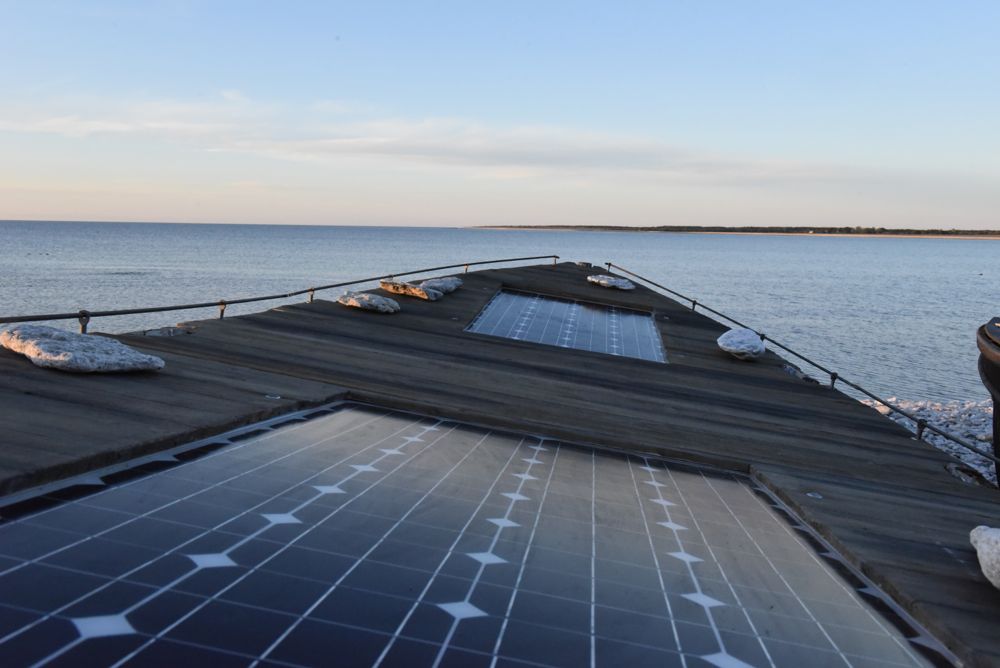
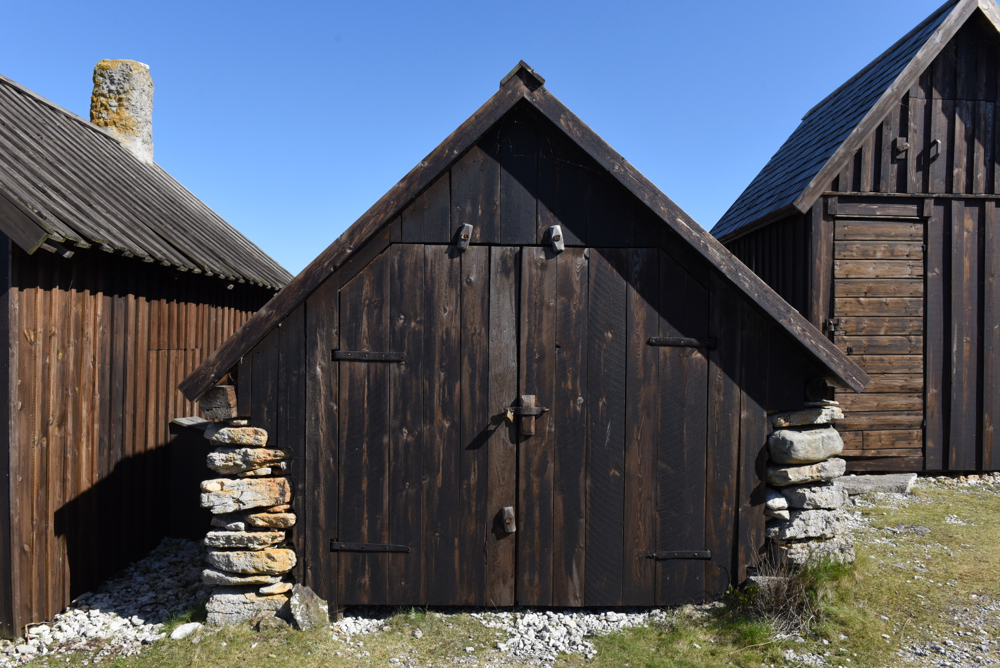
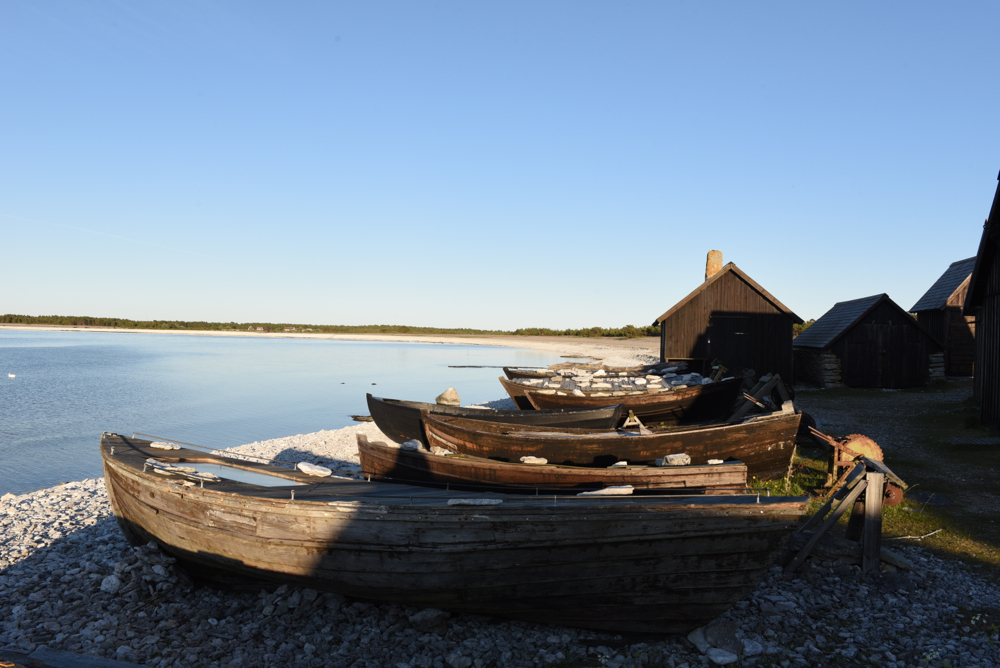
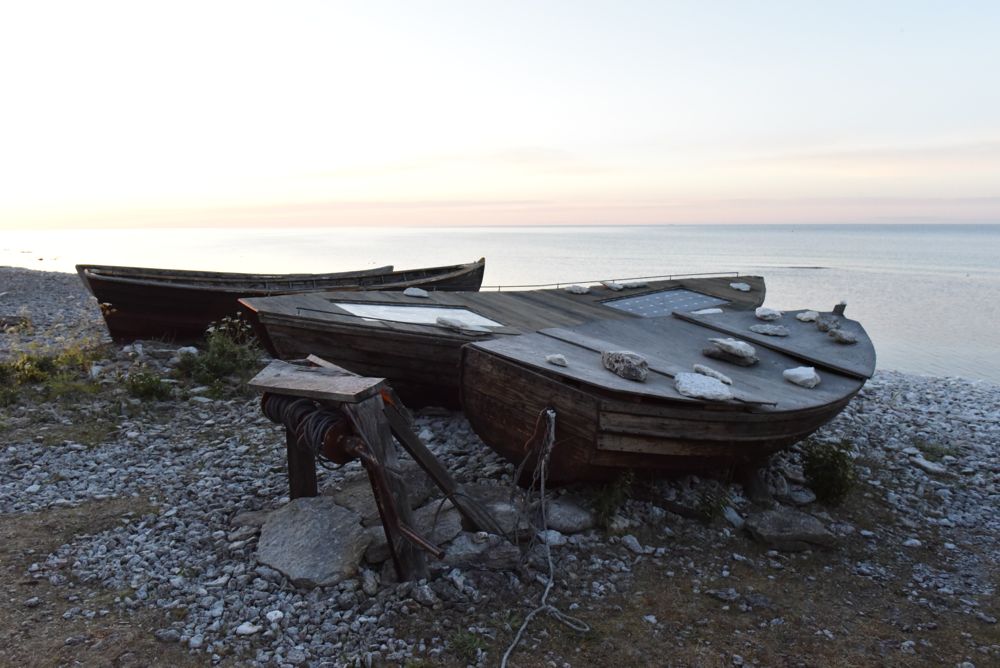
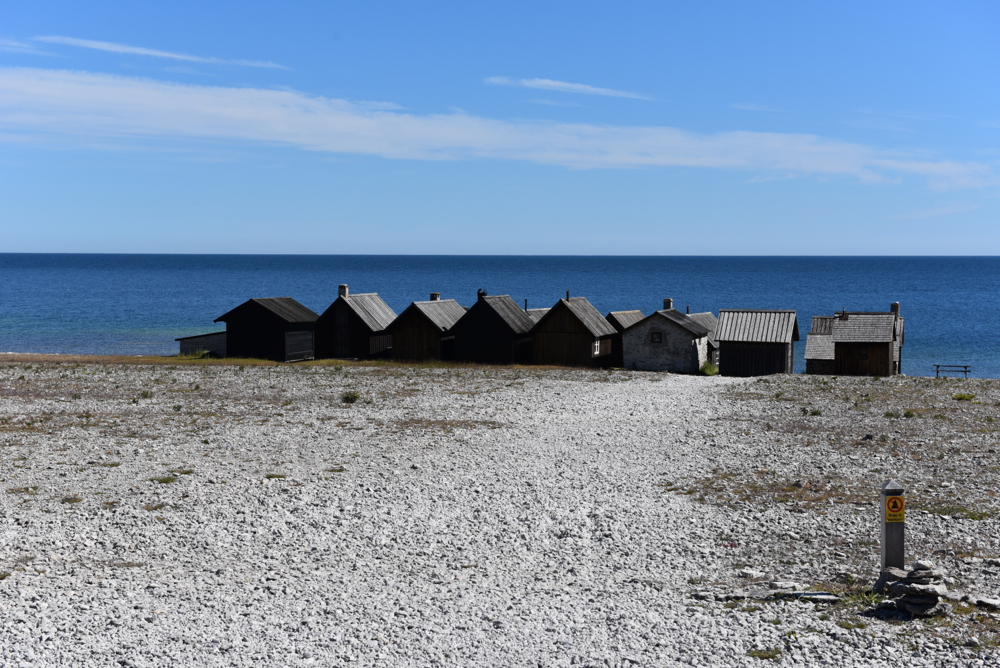
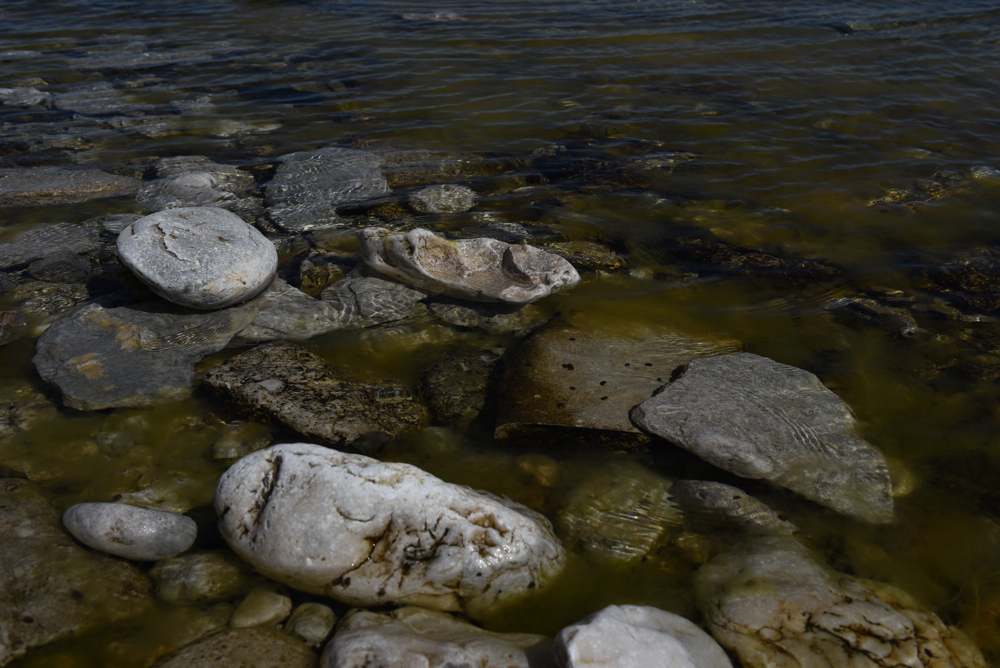
Installing the piece with Jesper and Oscar from Riksutsällingar:
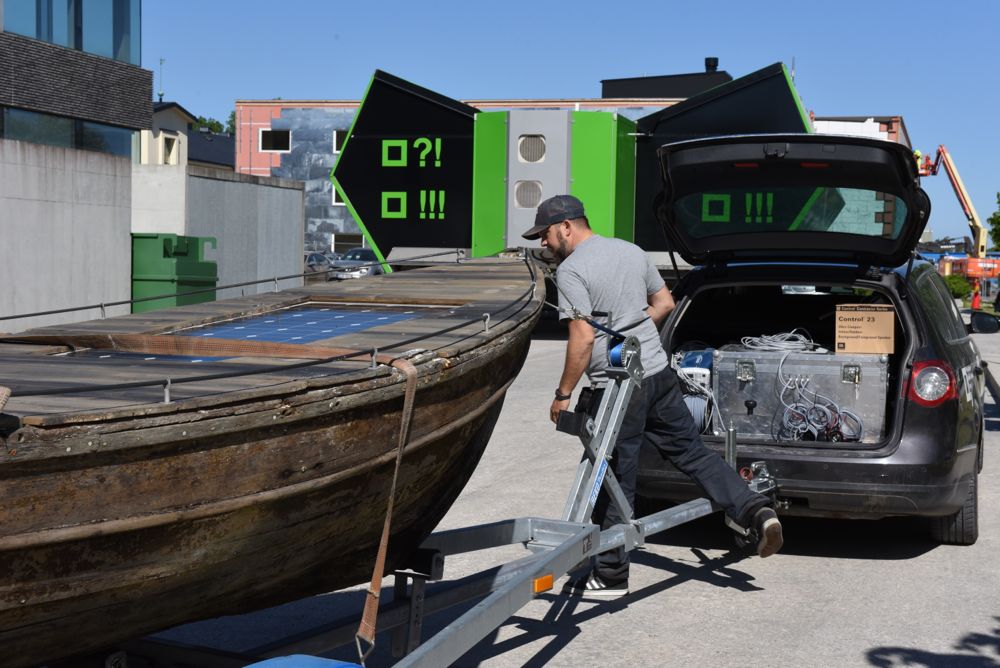
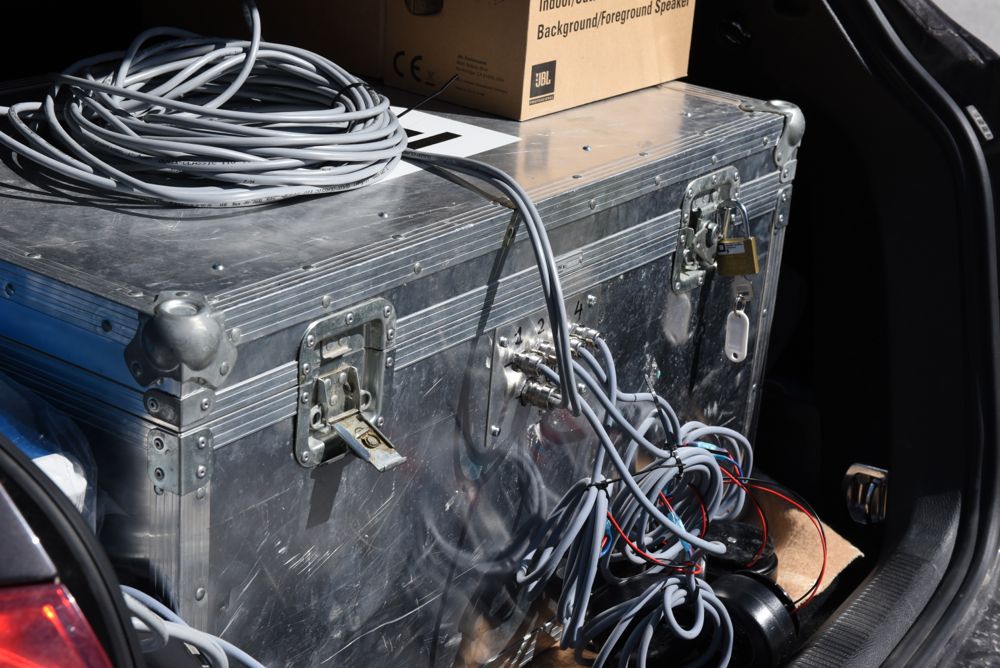
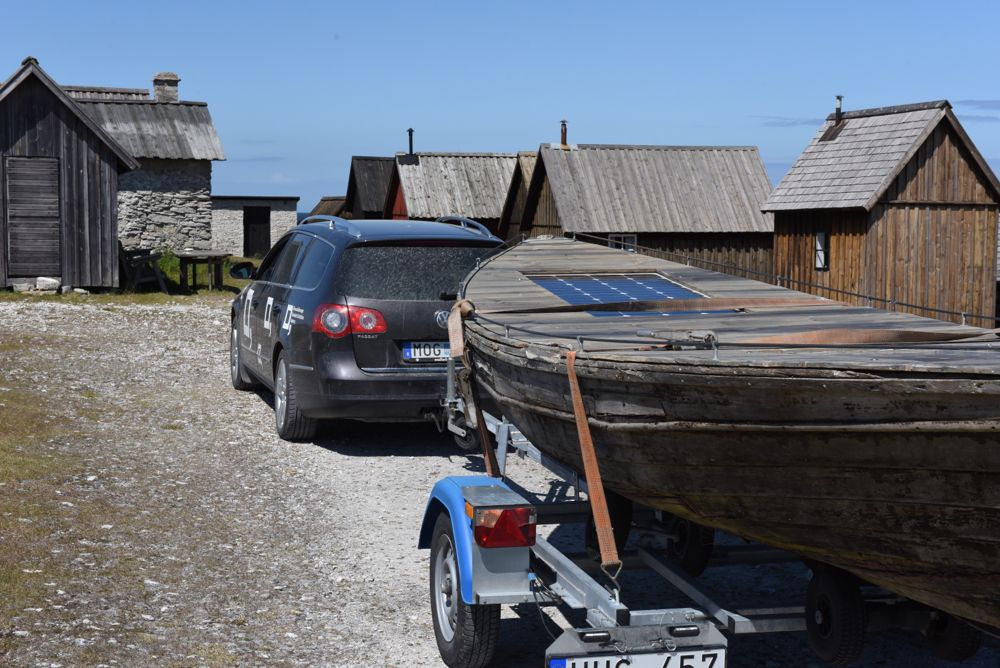
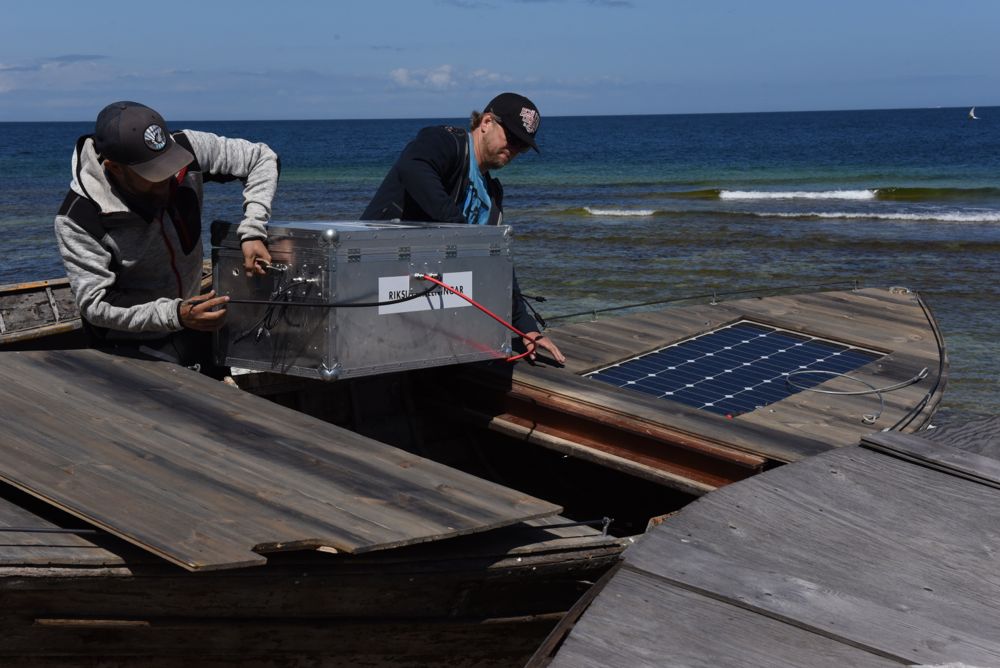
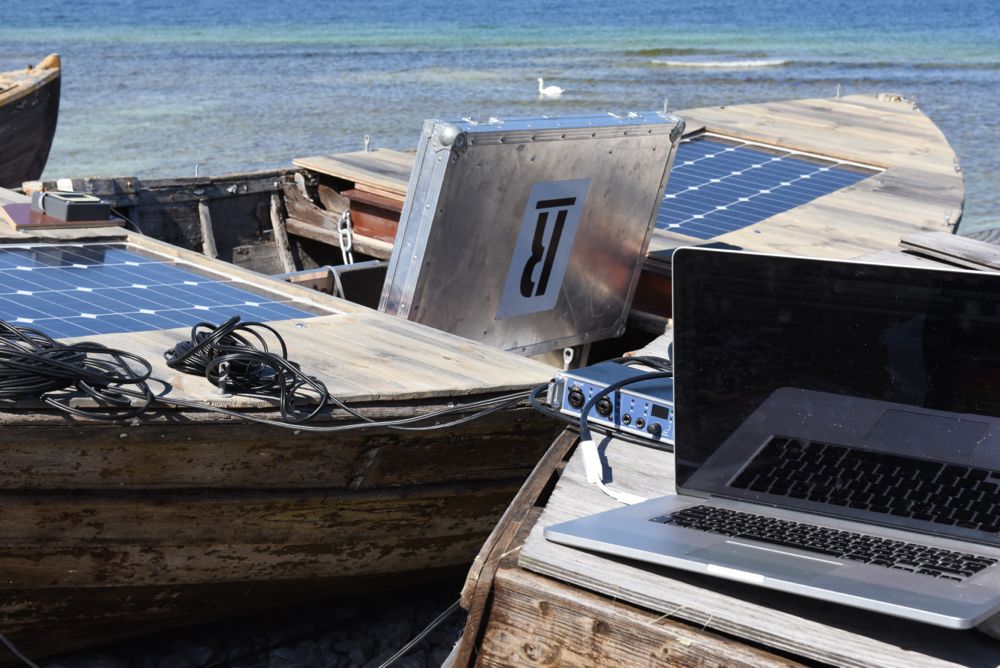
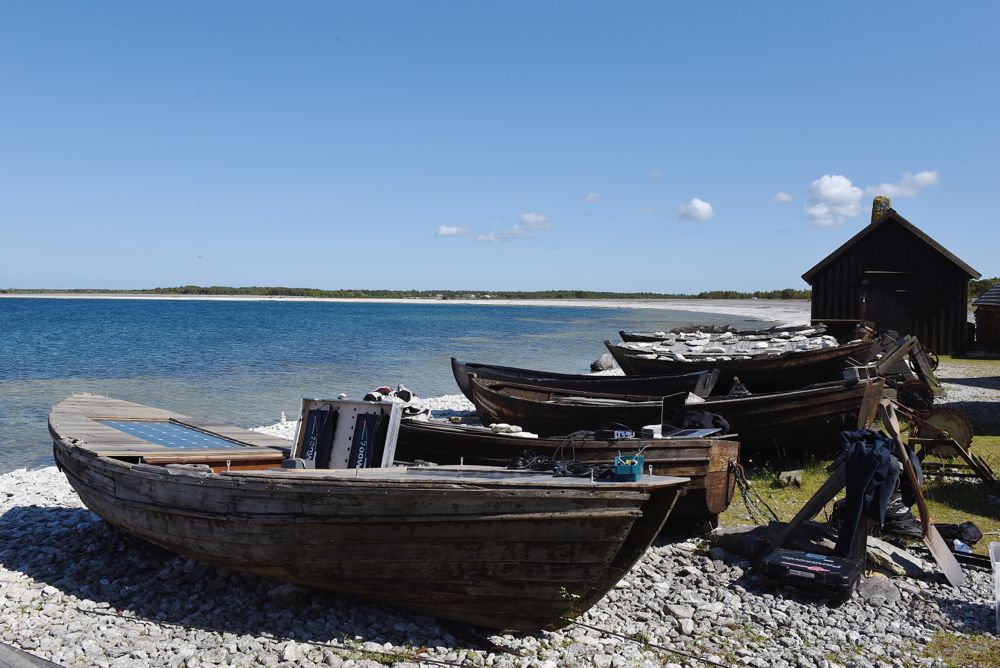
ON THIS BEACH
Jana Winderen, 2015
Light moves at 300,000 kilometres/second. It takes 8 minutes and 20 seconds for the light from the Sun to reach this beach.
Sound moves at 343.59 meters per second in dry air. In water it moves about 4.3 times faster at 25 °C. Water is an excellent medium to communicate with sound, and is used by many creatures, such as a toadfish protecting its habitat, mammals communicating with each other, or echo locating for food and orientation, a snapping shrimp paralyzing its prey with sound, or a cod calling out for a mate.
Approximately 400 million years ago, this place was on the Equator. The water was warmer and was home to a large diversity of creatures, though mainly only their remains can be found in the rocks and the sand on this island. The end of the Ordovician period, (from 485.4 to 443.8 million years ago), is the start of the Silurian geological period. This is when there was a major extinction event: 60% of marine species were wiped out. 65 million years ago, the last major extinction, saw the end of the dinosaurs.
We now see an accelerating extinction, faster than ever seen before, of animals, insects and plants caused by human activity. Creatures such as the horseshoe crab has seen 4 mass extinctions and survived them all. But they are now in real danger of being wiped out permanently.
The sand on this beach is similar to the type of sand found in areas around the Equator today. Fårö consists of limestone and shales. Most grains in limestone are skeletal fragments of marine organisms such as coral and forminifera.
The sound composition is based on hydrophone recordings made under water around the Equator over the last 10 years. The sounds from creatures whose predecessors maybe once lived here underwater at Fårö, sound environments you no longer find in the Baltic Sea - just remains of their skeletons.
The installation with its sound compositions is made especially for this location and composed on site. The power to run the installation is taken from the Sun. The sounds are played back through transducers and speakers. The transducers make the object they are attached to vibrate, so the surface resonates. The boat and the boat house become resonator boxes for the sounds from the sea powered by the sun.



